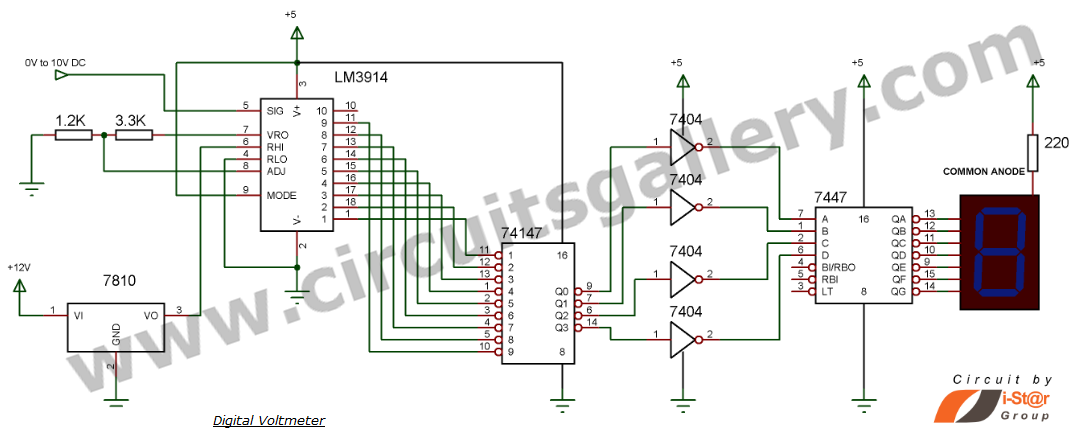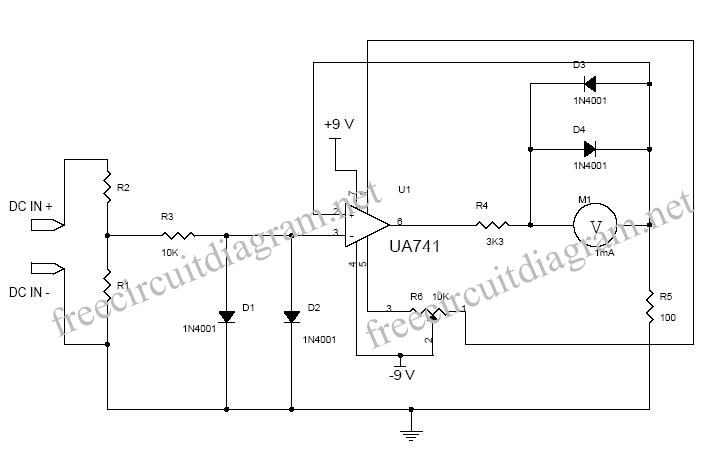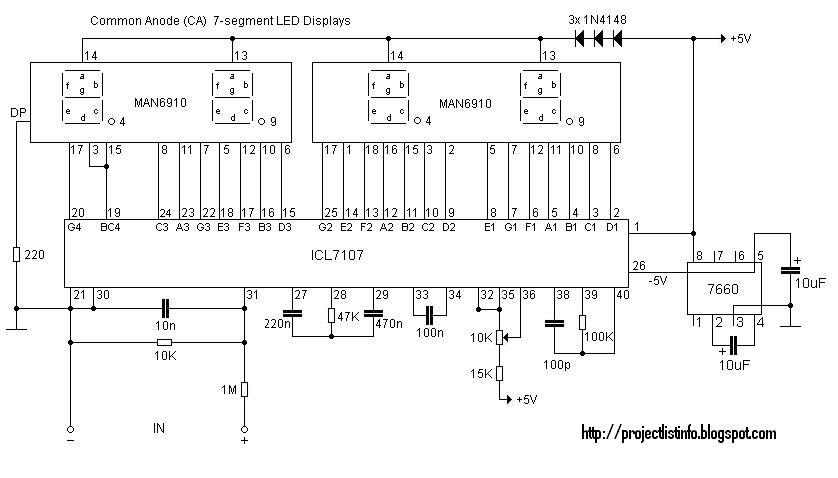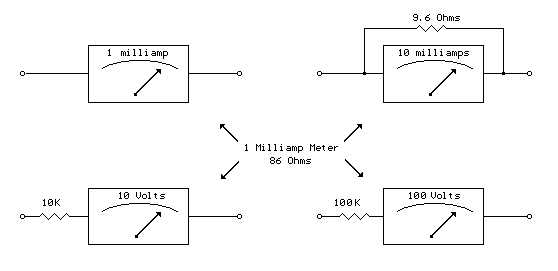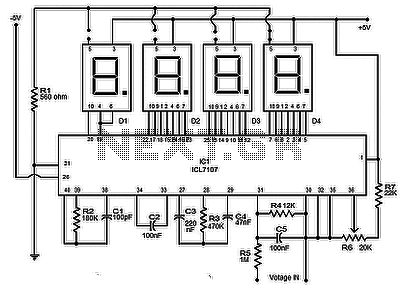
software voltmeter
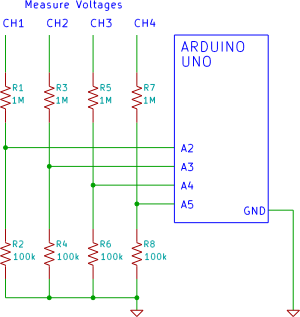
A four-channel voltmeter that displays voltage readings in a software application running on a computer. An Arduino reads the voltages and sends them to an application written in the Processing language.
The described circuit comprises a four-channel voltmeter system that utilizes an Arduino microcontroller to measure and relay voltage readings to a computer application. The voltmeter can monitor four separate voltage inputs, making it suitable for various applications such as battery monitoring, sensor data acquisition, or educational purposes.
The core of the system is the Arduino, which is equipped with analog input pins capable of reading voltage levels from external sources. Each channel's voltage is read using the Arduino's analog-to-digital converter (ADC), which converts the analog voltage signals into digital values that can be processed. The input range for the Arduino's ADC is typically 0 to 5 volts, but with appropriate scaling or interfacing, it can be adapted for higher voltages.
The voltage readings are then transmitted to a software application developed in the Processing programming language. This application serves as a graphical user interface (GUI) that displays the voltage levels in real-time. The communication between the Arduino and the Processing application is usually established via a serial connection, where the Arduino sends the voltage data over a USB link. The Processing application reads this data and updates the displayed values accordingly.
To implement this system, the following components are necessary:
1. **Arduino Board**: The microcontroller that interfaces with the voltage sources and processes the readings.
2. **Voltage Divider Circuits (if necessary)**: To ensure that voltage levels do not exceed the Arduino's input limits, voltage dividers may be employed for higher voltage inputs.
3. **Connecting Wires**: To connect the voltage sources to the Arduino's analog input pins.
4. **Computer with Processing Environment**: To run the application that visualizes the data.
In summary, this four-channel voltmeter system effectively combines hardware and software elements to provide a user-friendly interface for monitoring multiple voltage readings simultaneously. The integration of Arduino and Processing allows for flexibility in application and ease of use, making it an ideal solution for various voltage monitoring tasks.A four channel voltmeter that displays voltage readings in a software application running on a computer. An Arduino reads the voltages, and sends them to an application written in the Processing language.. 🔗 External reference
The described circuit comprises a four-channel voltmeter system that utilizes an Arduino microcontroller to measure and relay voltage readings to a computer application. The voltmeter can monitor four separate voltage inputs, making it suitable for various applications such as battery monitoring, sensor data acquisition, or educational purposes.
The core of the system is the Arduino, which is equipped with analog input pins capable of reading voltage levels from external sources. Each channel's voltage is read using the Arduino's analog-to-digital converter (ADC), which converts the analog voltage signals into digital values that can be processed. The input range for the Arduino's ADC is typically 0 to 5 volts, but with appropriate scaling or interfacing, it can be adapted for higher voltages.
The voltage readings are then transmitted to a software application developed in the Processing programming language. This application serves as a graphical user interface (GUI) that displays the voltage levels in real-time. The communication between the Arduino and the Processing application is usually established via a serial connection, where the Arduino sends the voltage data over a USB link. The Processing application reads this data and updates the displayed values accordingly.
To implement this system, the following components are necessary:
1. **Arduino Board**: The microcontroller that interfaces with the voltage sources and processes the readings.
2. **Voltage Divider Circuits (if necessary)**: To ensure that voltage levels do not exceed the Arduino's input limits, voltage dividers may be employed for higher voltage inputs.
3. **Connecting Wires**: To connect the voltage sources to the Arduino's analog input pins.
4. **Computer with Processing Environment**: To run the application that visualizes the data.
In summary, this four-channel voltmeter system effectively combines hardware and software elements to provide a user-friendly interface for monitoring multiple voltage readings simultaneously. The integration of Arduino and Processing allows for flexibility in application and ease of use, making it an ideal solution for various voltage monitoring tasks.A four channel voltmeter that displays voltage readings in a software application running on a computer. An Arduino reads the voltages, and sends them to an application written in the Processing language.. 🔗 External reference
